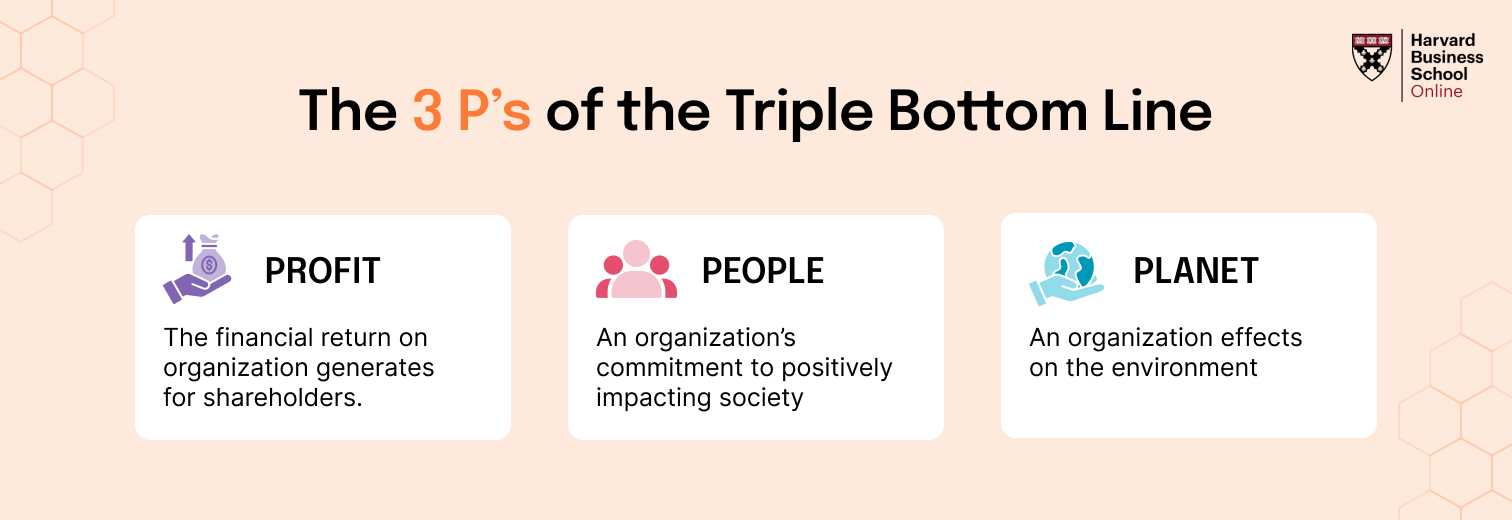As someone who has spent years working with leaders across industries, I’ve come to recognize that leadership is not about titles or designations. It’s about behaviors – the actions and choices leaders make consistently. These behaviors shape culture, influence motivation, and determine whether teams thrive or flounder.
Working at FocusU has given me a front-row seat to observe leadership in action. Through workshops, offsites, and conversations with business heads, HR professionals, and managers, I’ve had the chance to notice certain patterns. Some behaviors seem to separate exceptional leaders from the rest. They’re not complicated or flashy. In fact, they’re often subtle, but consistently impactful.
In this article, I want to share three such behaviors that stand out. These aren’t the only important ones, of course, but if you’re in a position of leadership or aspire to be, internalizing even one of these can create a ripple effect within your team and organization.
1. Holding Onto a Vision: Even When No One Else Can See It
Table of Contents
Every team needs direction, especially when the path gets tough. But direction alone isn’t enough. What truly moves people is vision – a compelling picture of the future that sparks energy, hope, and commitment. And it’s up to the leader to protect and nurture that vision, especially when times are uncertain.
Let me share a story that left a deep impression on me. I once met a leader who ran a successful mid-sized retail business. He had a loyal team of around 22 employees. One day, an electrical short-circuit caused a fire that destroyed his entire shop. The damage was extensive. Most people would have understandably panicked or fallen into despair. But this leader did something different.
He called his team together the next morning. Instead of discussing losses or insurance claims, he asked them a question: “Why do you think this happened?” The room was silent. Then he answered his own question: “This happened because we’re meant to grow beyond this space. The time has come for us to expand.”
In that moment, he reframed a tragedy as an opportunity. And not just in words. Over the next seven years, he worked tirelessly to build a new, larger, more modern business. He faced setbacks, cash flow crunches, and moments of doubt. But he never let go of that vision. And slowly, his team began to see it too.
That’s the power of holding onto a vision. As leaders, we often forget that people don’t just follow plans, they follow belief. They look to us to keep the flame alive when the winds are strong. Writing down your vision, mapping out steps, and articulating it again and again, especially during difficult times, is not optional. It’s essential.
A practical tip: Begin every major meeting with a reminder of the long-term vision. Not a slide deck, not a bullet point – a story, a sentence, a statement that reconnects your team to the “why.”
2. Influencing Through Pull, Not Push
Have you ever worked with a leader who made you want to give your best without being asked? That’s pull-based influence in action. It’s not about force or authority. It’s about presence, example, and clarity.
Pull-based leadership is quiet, but powerful. It’s the opposite of micro-management or control. It invites rather than instructs. It inspires rather than demands.
Here’s a small moment that beautifully illustrates this concept. I was having dinner with a senior leader after a workshop. The main dish served wasn’t to his liking, it was too spicy and not dry enough. But instead of complaining or making a fuss, he calmly asked to speak with the chef.
When the chef came, the leader smiled and said, “I was wondering if this dish could be a bit less spicy and slightly drier. If it’s too much trouble, that’s completely okay. But if it’s possible, I’d really appreciate it.”
What stood out to me was not just his politeness, but his intention. He was clear about what he wanted, but he left the other person with dignity and choice. That’s the essence of pull.
Now imagine applying that same approach in the workplace – with feedback, with requests, with change. When we push, people resist. When we pull, they lean in.
The workplace takeaway: If your team resists an idea, ask yourself – am I pushing too hard? Can I model the behavior instead of preaching it? Can I frame it as an invitation rather than a mandate?
Influence doesn’t come from insisting. It comes from inspiring.
3. Building Trust: With Intentionality and Integrity
Trust is not a byproduct of time. It’s a result of consistent, intentional behavior. And if there’s one thing that separates truly exceptional leaders, it’s their ability to build and protect trust.
There are two ways I’ve seen great leaders do this:
A. Creating Genuine Human Connection
Too often, we expect trust to flow automatically, especially if we’re the boss. But positional authority doesn’t guarantee emotional connection. You have to earn it.
Leaders who connect deeply with their teams go beyond status updates and performance metrics. They make space for real conversations. They ask about hobbies, children, passions, weekend plans. Not out of obligation, but out of genuine curiosity.
One senior executive I admire makes it a point to spend the first five minutes of every one-on-one just talking about life. He knows the names of his team members’ pets, celebrates birthdays, and remembers who’s struggling with what. That effort pays off – when it’s time to give tough feedback or rally around a goal, his team listens. Because they trust that he cares.
Try this: Ask your team members what they’re most proud of this month. Or what’s been unexpectedly hard. You’ll be surprised how much opens up from that simple question.
Trust grows in environments that encourage play, vulnerability, and mutual appreciation. FocusU’s Team Bonding Programs help foster this very environment by blending meaningful engagement with light-hearted team connection.
B. Practicing Relentless Honesty
The second pillar of trust is integrity. It’s about doing what you say you’ll do – every time. But it’s also about admitting when you can’t.
Leaders are human. We make mistakes, we miss deadlines, we occasionally drop the ball. What matters is how we handle it.
There was a moment early in my career when I promised a client something I couldn’t deliver. My manager pulled me aside and said, “You have two choices. You can try to cover it up, or you can own it. The first will save face today. The second will build trust for years.”
I chose the second. It wasn’t easy, but it taught me a lesson I carry to this day: trust grows when we choose courage over comfort.
Leadership tip: If you sense you’re going to miss a commitment, communicate early. Don’t wait till the deadline has passed. Show your team that you value their time and expectations.
Why These Behaviours Matter More Than Ever
In today’s corporate environment, leadership is not just about execution. It’s about creating emotional safety, aligning people to purpose, and navigating ambiguity.
L&D professionals and HR teams often ask, “How do we develop leadership from within?” The answer lies in modeling these behaviors consistently.
- Holding onto a vision helps teams stay resilient during change.
- Pull-based influence fosters psychological safety and collaboration.
- Building trust improves retention, communication, and overall morale.
These behaviors aren’t just aspirational. They are practical, teachable, and observable. And the earlier we embed them into our learning journeys, the stronger our leadership pipelines become.
If you are designing leadership development programs, make these behaviors part of the curriculum. Use role plays, case studies, and coaching to bring them alive. Invite participants to reflect on how they show up and what ripple effect their actions create.
You may also explore modules like The Leadership Challenge Workshop by FocusU that bring experiential depth to these very ideas.
Final Thought: The Quiet Power of Intentional Leadership
The best leaders I’ve met aren’t the loudest. They’re not always on center stage. But their teams trust them, follow them, and thrive under them.
What makes the difference? Consistency. Self-awareness. A deep sense of responsibility.
As a leader, you don’t have to be perfect. But you do have to be present. You have to notice. You have to choose – again and again – to lead by example.
Start with one behavior. Reflect on how you show up. Ask for feedback. And most importantly, stay human in your leadership journey.
Because in the end, people don’t follow strategies. They follow leaders who believe, influence with empathy, and lead with trust.










